
Pie chart energysaving measures. Download Scientific Diagram
27. Step 1: Verify the project information matches the information on the plans. The code, city and state, and construction type will impact energy code compliance. Step 2: Verify the project complies with the applicable code. The Maximum UA must be greater than or equal to Your UA to demonstrate compliance.
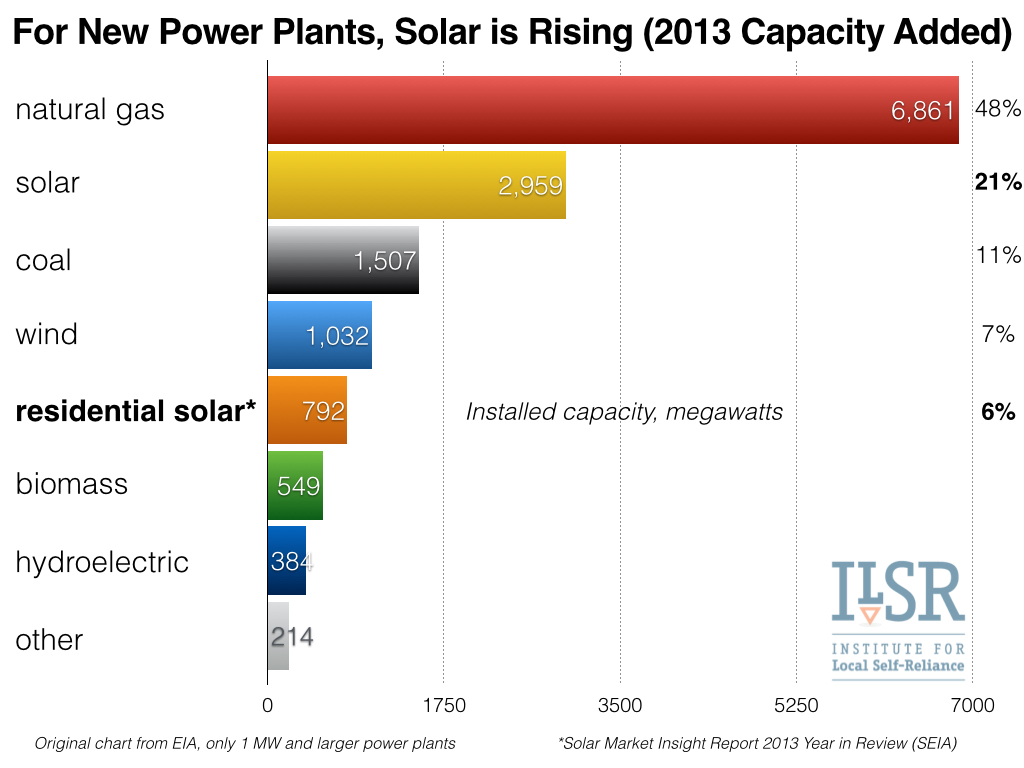
The Three Biggest Solar Charts of 2014 CleanTechnica
The IEA Energy Innovation Forum 2024 event will address the main challenges facing technologies moving from the innovation phase to early adoption, and how regulatory frameworks can support developers and innovators on this journey. The event will be structured around four key sessions: embracing the potential and opportunities in emerging.

The Future of Renewable Energy Storage PostCOVID in North America for 2021
2021 IECC Chapters and Appendices To address these interests, the IECC document contains sections focused on administration and definitions (Chapters 1-2), climate zones and general materials requirements (Chapter 3), energy efficiency requirements (Chapter 4), requirements for existing buildings (Chapter 5), and referenced standards (Chapter 6).
_1.png)
Here's What Energy Use Intensity Means, And Why You Should Care
A work-energy bar chart represents the amount of energy possessed by an object by means of a vertical bar. The length of the bar is representative of the amount of energy present, with a longer bar representing a greater amount of energy. In a work-energy bar chart, a bar is constructed for each form of energy.
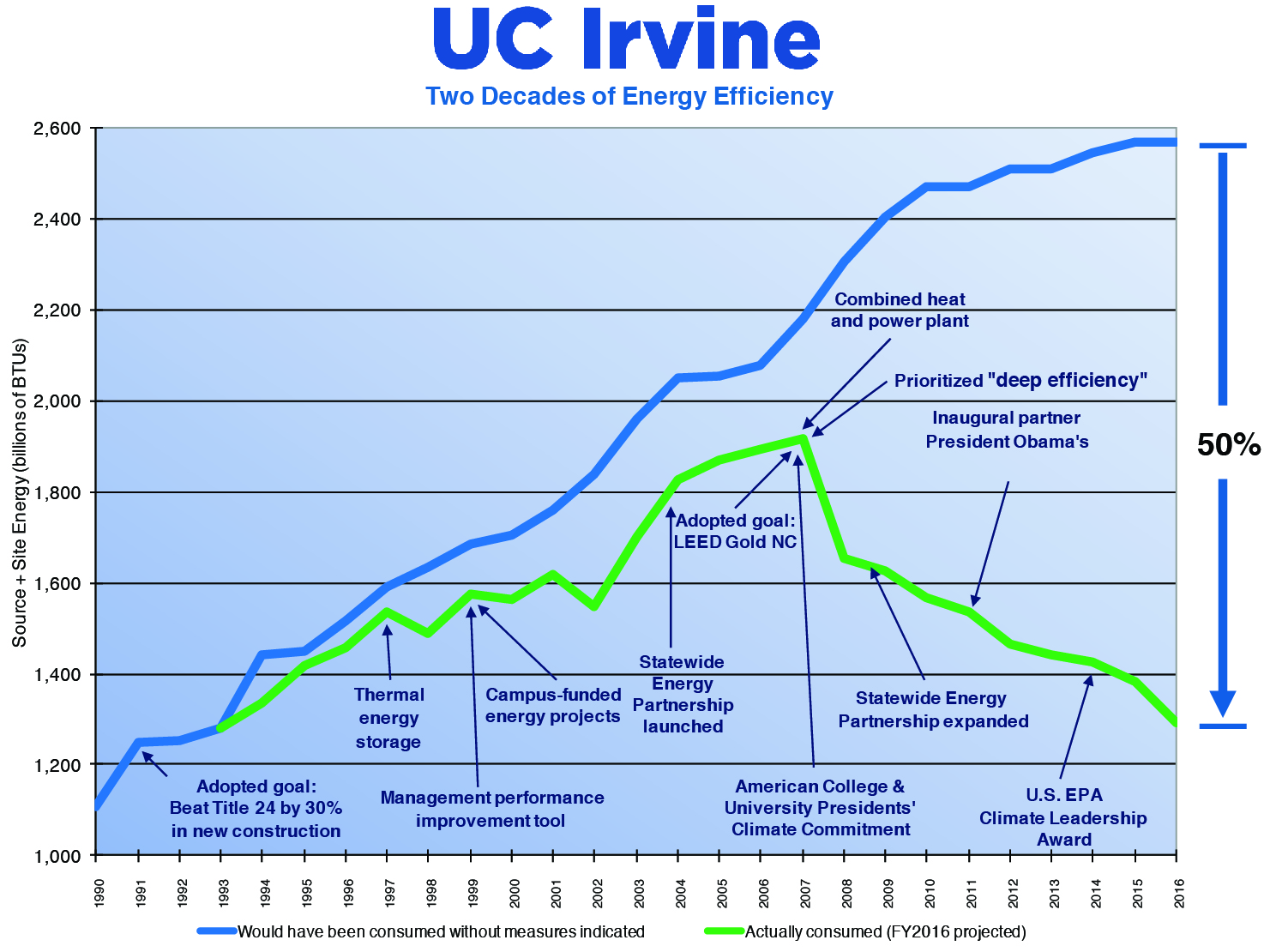
Energy UCI Sustainability
2020 Energy Conservation Construction Code of New York State (2020 ECCNYS), based on the 2018 edition of the International Energy Conservation Code and ASHRAE 90.1-2016, became effective on May 12th, 2020. Adopted as Local Law 048 of 2020 (Introduction No. 1816), the 2020 New York City Energy Conservation Code (2020 NYCECC), based on the 2020.
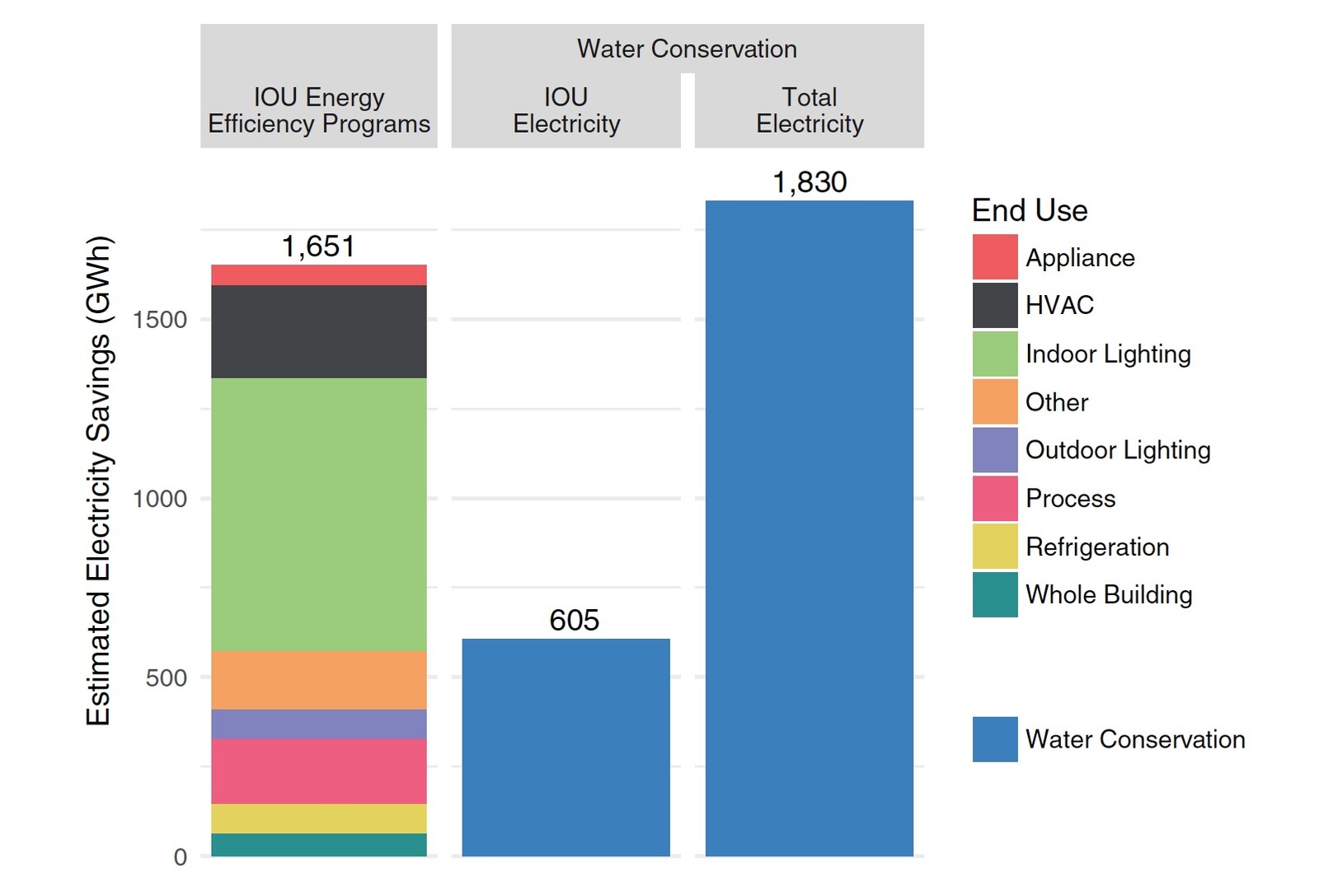
Link Between Water and Energy Conservation UC Davis Study
Organization (s) ICC. 2021 edition of code establishing a baseline for energy efficiency by setting performance standards for the building envelope (defined as the boundary that separates heated/cooled air from unconditioned, outside air), mechanical systems, lighting systems and service water heating systems in homes and commercial businesses.

Energy efficiency rating classification Royalty Free Vector
The results were 2015 and 2018 IECCs that are only slightly more energy efficient than the 2012 version. 2021 IECC. The 2021 IECC was a dramatic success story, resulting in over 9% energy gains over the 2018 version. Governmental members came out in record numbers to make it clear that they supported a more efficient model code. 2024 IECC.

6 Energy efficiency chart Download Scientific Diagram
An insulating material's resistance to conductive heat flow is measured or rated in terms of its thermal resistance or R-value -- the higher the R-value, the greater the insulating effectiveness. The R-value depends on the type of insulation, its thickness, and its density. The R-value of most insulations also depends on temperature, aging.

3D Energy Efficiency Chart Power/ Electricity Saving Concept a++, a+, a, B, C, D, E, F, G
The NSW Department of Climate Change, Energy, the Environment and Water (DCCEEW) works to protect the state's environment and heritage. It leads the way on climate change, driving the sustainable transition to a net zero economy, powered by affordable, reliable, and clean energy. DCCEEW conserves and protects the state's natural environment.

Energy Savers 2 818.366.6999 Energy Conservation
2021 International Energy Conservation Code (IECC) BASIC Upgrade to Premium INDEX First Version: Dec 2020 All Codes » I-Codes Legend Information Sections Insights PREFACE INDEX A ABOVE-GRADE WALL C202 ACCESS (TO) C202 ACCESSIBLE Controls C402.2.3, C404.6, C404.8.1, C405.2.4.1 Defined C202 ADDITION C202 ADDITIONAL EFFICIENCY PACKAGE C406 ADDITIONS
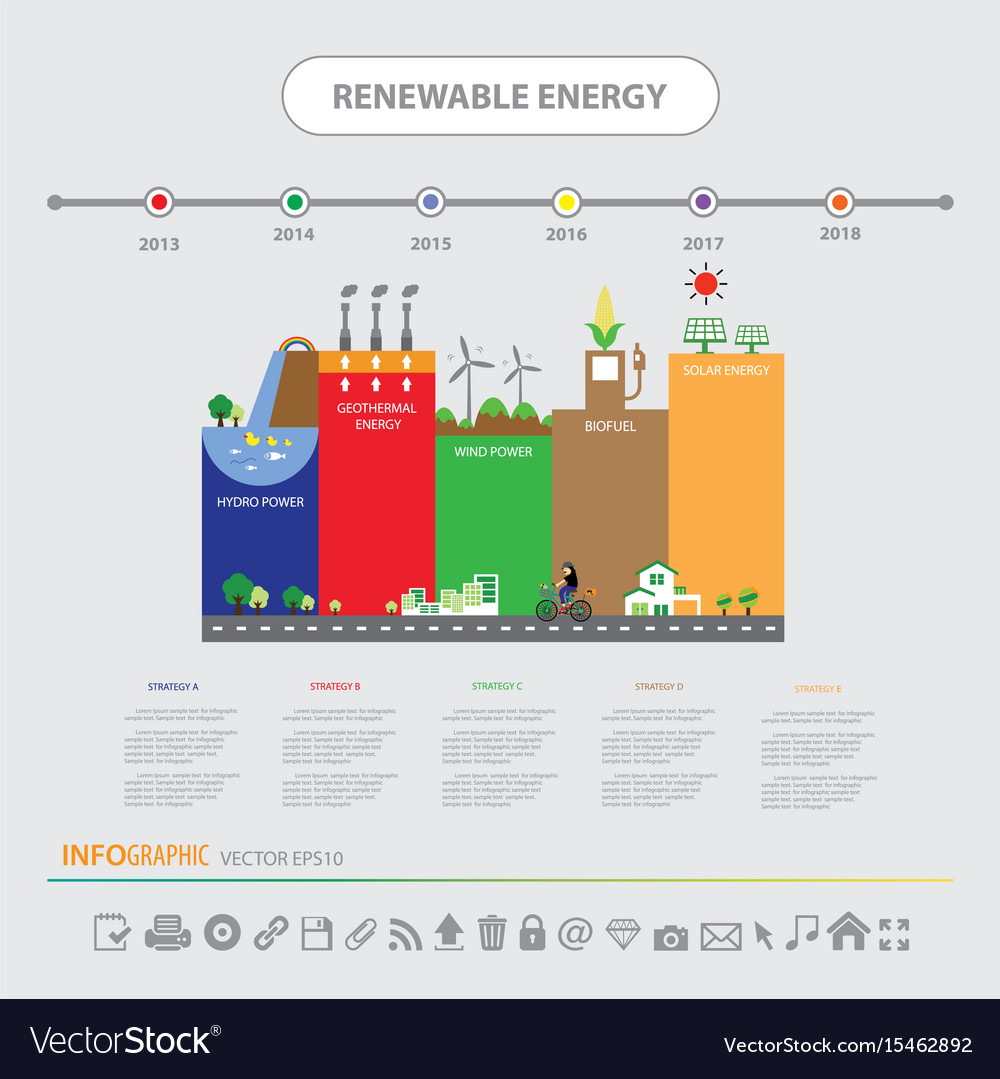
Info chart renewable energy biogreen ecology Vector Image
What is Energy Conservation? After being in the hospital, it is normal to feel tired and weak. You may also feel short of breath and have less energy to do the activities you are used to doing at home. Learning how to conserve your energy helps you build up your strength to take part in your daily activities and other things you enjoy doing.

Most efficient Solar Panels for 2023 Utility Resource Guide
reduced energy usage, conservation of natural resources and the impact of energy usage on the environment. Key changes to the 2021 IECC improve efficiency by 9.4 percent and reduce greenhouse gases by 8.7 percent over the 2018 IECC; these changes include new provisions that increase efficiency and

18 Renewable Energy Charts, Fun Renewable Energy Facts
What is the United States' share of world energy consumption? How much energy does a person use in a year? How much energy is consumed in the world by each end-use sector? How much U.S. energy consumption comes from renewable sources? Annual data and statistics for U.S. energy production and consumption.
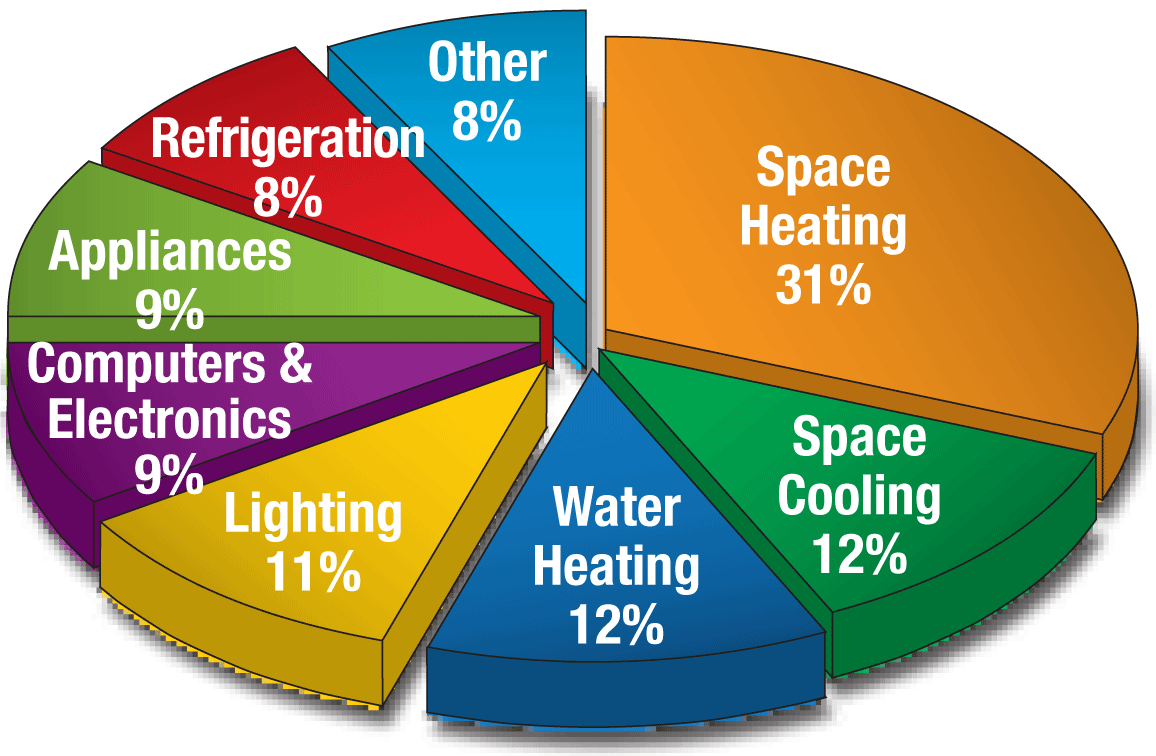
How to Save Money on Energy MVEC
In 2021, natural gas accounted for 57% of Virginia's total electricity net generation, nuclear supplied 30%, renewables—mostly biomass and solar energy—provided 9%, and coal fueled less than 4%. The Bath County Pumped Storage Station, the largest power plant in Virginia by capacity with a net generating capacity of 3,003 megawatts, is the.
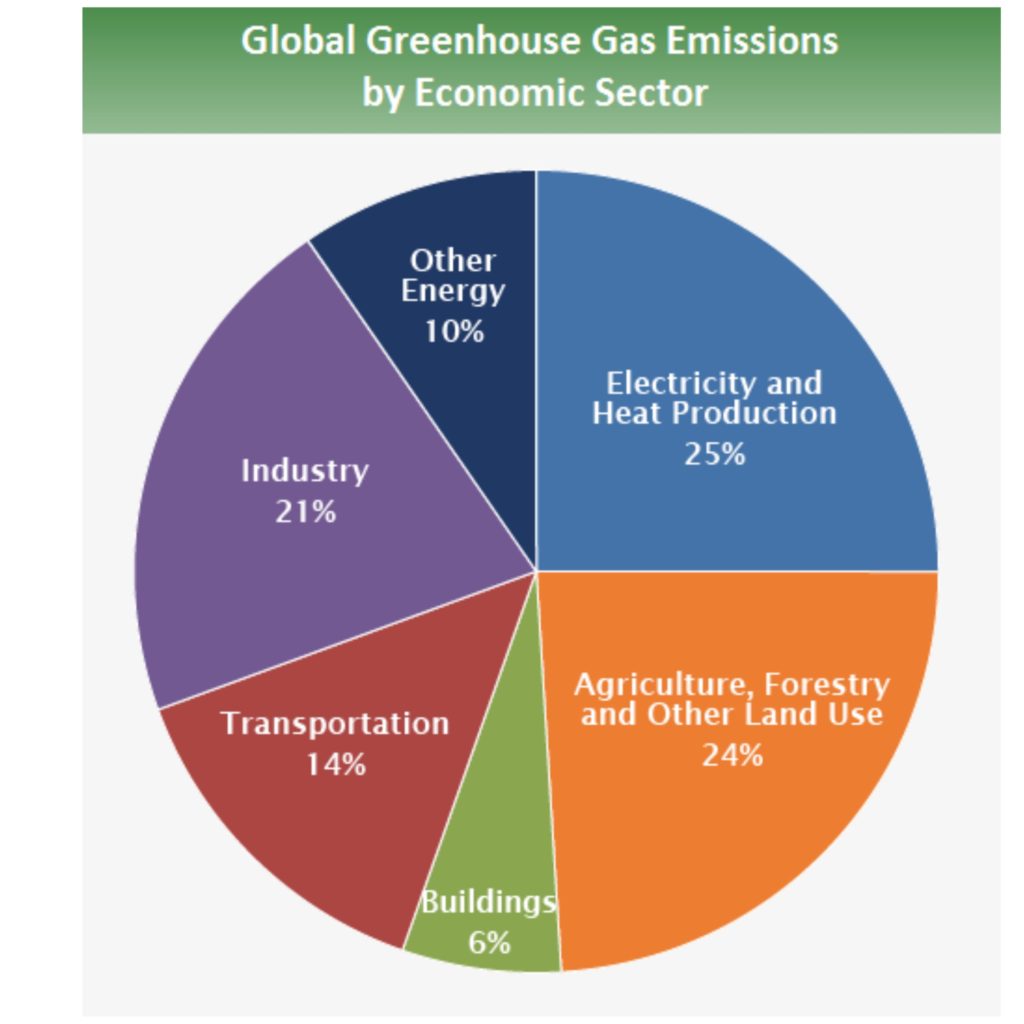
Charts that help us understand environmental issues • EarthyB
Energy conservation studies have been increasingly focusing on neurological and systemic diseases, especially regarding symptoms of fatigue and pain.. study protocols; participation of adults (≥18 years); addressing any pathology whose clinical chart requires moments of rest, or control of pain and/or fatigue, and joint protection; updates.
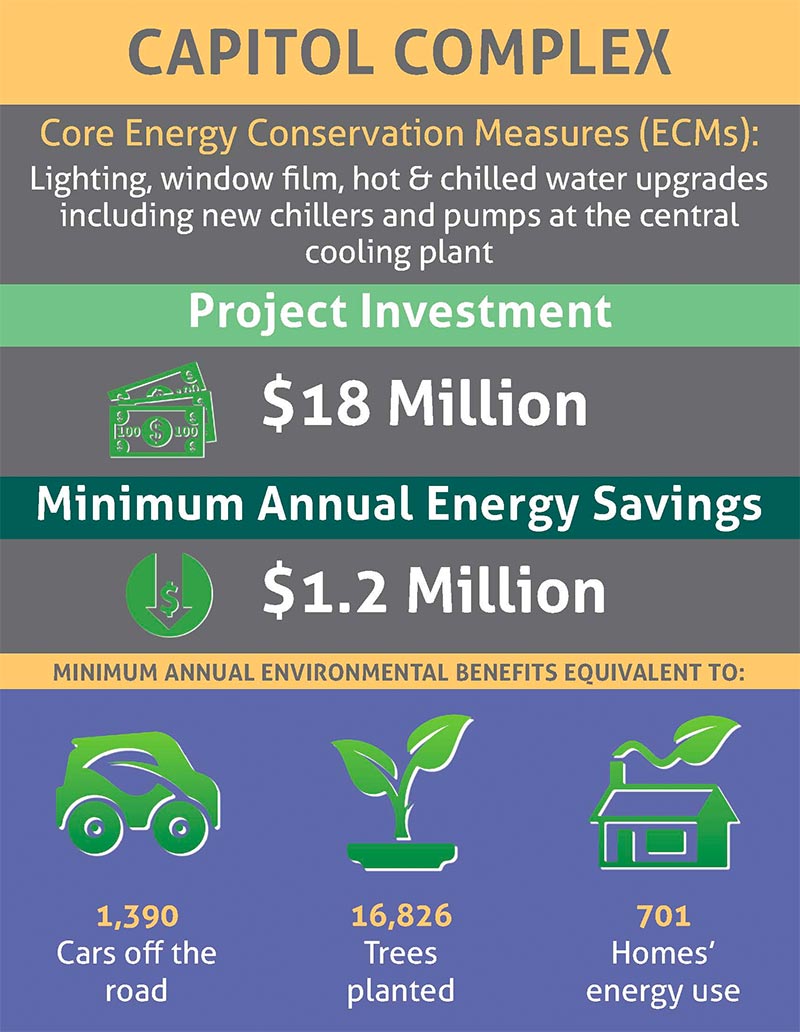
Home [www.dgs.pa.gov]
The International Energy Conservation Code® (IECC ®) establishes minimum requirements for energy-efficient buildings using prescriptive and performance-related provisions. It is founded on broad-based principles that make possible the use of new materials and new energy-efficient designs.